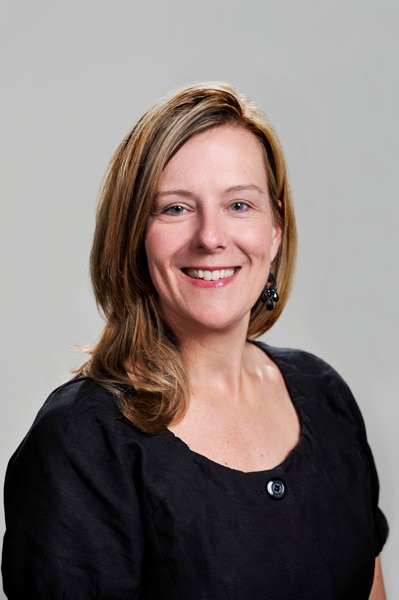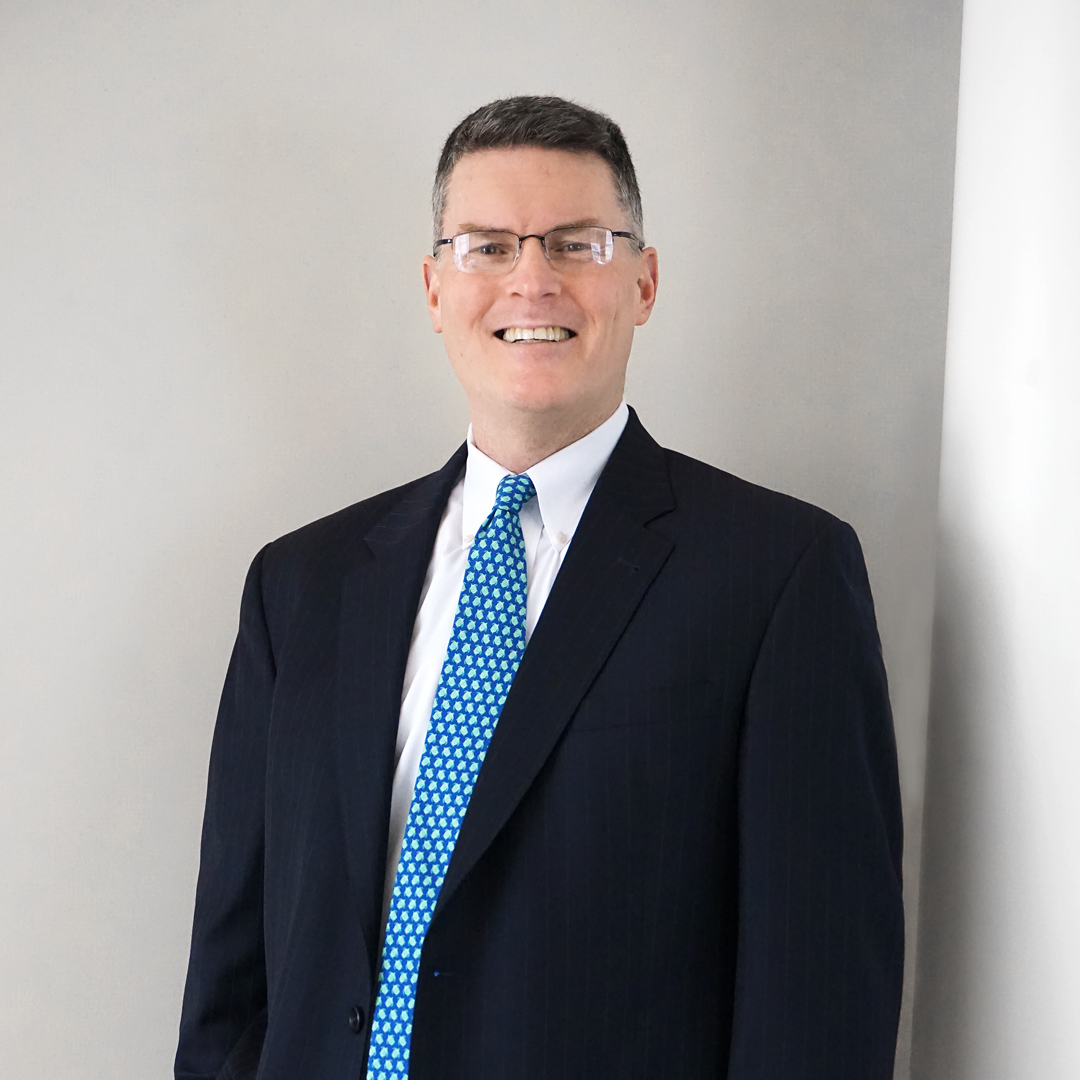|
Getting your Trinity Audio player ready...
|
Although Kelly Coomer’s résumé shows an information technology executive with more than twenty years of experience leading global technology teams, IT wasn’t a path she’d ever planned to pursue. Her undergraduate degree was in business, finance, and marketing, but she liked consulting—and IT consulting was where the jobs were.
Coomer started her career in information technology right out of college, working in a variety of roles at Accenture over the course of eight years. Then she made a dramatic career shift, buying two Cold Stone Creamery ice cream shops in the Chicagoland area.

“After running those for four years, I decided to come back to IT and make an income,” she says with a laugh. “I went to Allstate, who had been a client of mine before I left, and spent about twelve years there.”
In August 2019, Coomer was hired by Sammons Financial to become its chief information officer. The company is comprised of three member companies: Midland National Life Insurance Company, which includes Sammons Corporate Markets; North American Company for Life and Health Insurance; and Sammons Institutional Group, which consists of Midland Retirement Distributors and Sammons Retirement Solutions. Coomer’s role involves leading technology operations and strategy to enable strategic growth across Sammons Financial’s member companies.
“I was attracted to the culture here. In 2020, Sammons Financial is number five in Glassdoor’s company ranking. The outstanding culture combined with the idea of being accountable for end-to-end IT was something I was looking for.”
Several months into her new job, Coomer is examining where the opportunities lie in the organization and is putting together a plan for how to make changes.
“A lot of what I’m looking at is about business and IT operating models,” she explains. “Sammons Financial has implemented Agile, and in some parts of the organization, we have tight IT business coupling with the work broken down in incremental enhancements to garner feedback and evolve. My goal is to expand this focus enterprise-wide.”
One example: shifting the life insurance business from a waterfall-project approach with long-term, multiyear initiatives to shorter-term strategies. At the heart of any agile organization is an ability to be nimble and flexible while containing costs.
“The outstanding culture combined with the idea of being accountable for end-to-end IT was something I was looking for.”
“Today, it is particularly critical to focus first on the KPIs, measure their value, and assess that the work is on the right track,” Coomer notes. “My job is to define the opportunities where business and IT interact. That requires making the right investments in technology and software.”
Coomer’s role requires her to provide leadership in all technology areas, including applications, software development, data, infrastructure, architecture, IT risk and security, asset management, and desktop computing. When she was hired, she learned of the company’s interest in creating a platform of the future for the life insurance business that just never gained traction. She looks forward to taking on the challenge.
“It’s much broader than just fixing something broken in technology; most of the work is transformative and in essence is how people work together to solve problems,” she says.
Among Coomer’s first assignments was to take a big-picture look at the organization, examine the work in three dimensions—strategic, operational, and people—and assess where each group was in the IT organization and where opportunities existed in each of the three pillars.
She identified seven action areas to focus on in her first year. For example, in the strategic pillar she homed in on the business and technology operating models, use of Agile, roadmaps, and product mind-set. In the operational area, she saw the need for solid measurements on performance as an organization and set in motion a new dashboard to better track and assess results.
And for the people pillar, Coomer started looking at how the company’s use of contractors compares to the rest of the industry.
“Like other companies, we rely on IT contractors, and that can pose an inherent level of risk,” she says. “We are working to define a new framework on when and where it makes sense to use contractors based on generating tangible results on a day-to-day basis.”
“It’s much broader than just fixing something broken in technology; most of the work is transformative and in essence is how people work and solve problems.”
For the past four years, NIIT Technologies has partnered with Sammons on core application modernization, support, platform upgrades, and policy conversations, helping to reduce core application maintenance costs by 35 percent. “Kelly brings an innovative mind-set to Sammons, which will accelerate the transformation to the next level of being a top digital insurance competitor,” says Anurag Chauhan, executive vice president and global head of insurance at NIIT Technologies.
As part of the company’s life-technology transformation strategy work, Coomer is employing a “right-to-left” strategy to replace aging technology, looking outward and planning a way to bring in the systems and platforms of the future.
“Kelly’s strategy is in sync with DXC’s dual-agenda approach as we help her run mission-critical systems while preparing Sammons Financial Group for the digital future,” says Phil Ratcliff, vice president and general manager at DXC Technology.
Coomer intends to implement all these changes in her first year with the company and believes the changes that are already underway will create quite a different look for Sammons Financial’s IT structure by the time 2021 rolls around.
“The place we will see the most immediate impact to reduce costs and increase performance is in our Life Business Unit,” Coomer says. “A year from now, we will be operating in a model where we have clear KPIs, with product teams that measure the business value of their work. We expect to see real returns either through growth or expense reduction as a result of the work they are driving.”

